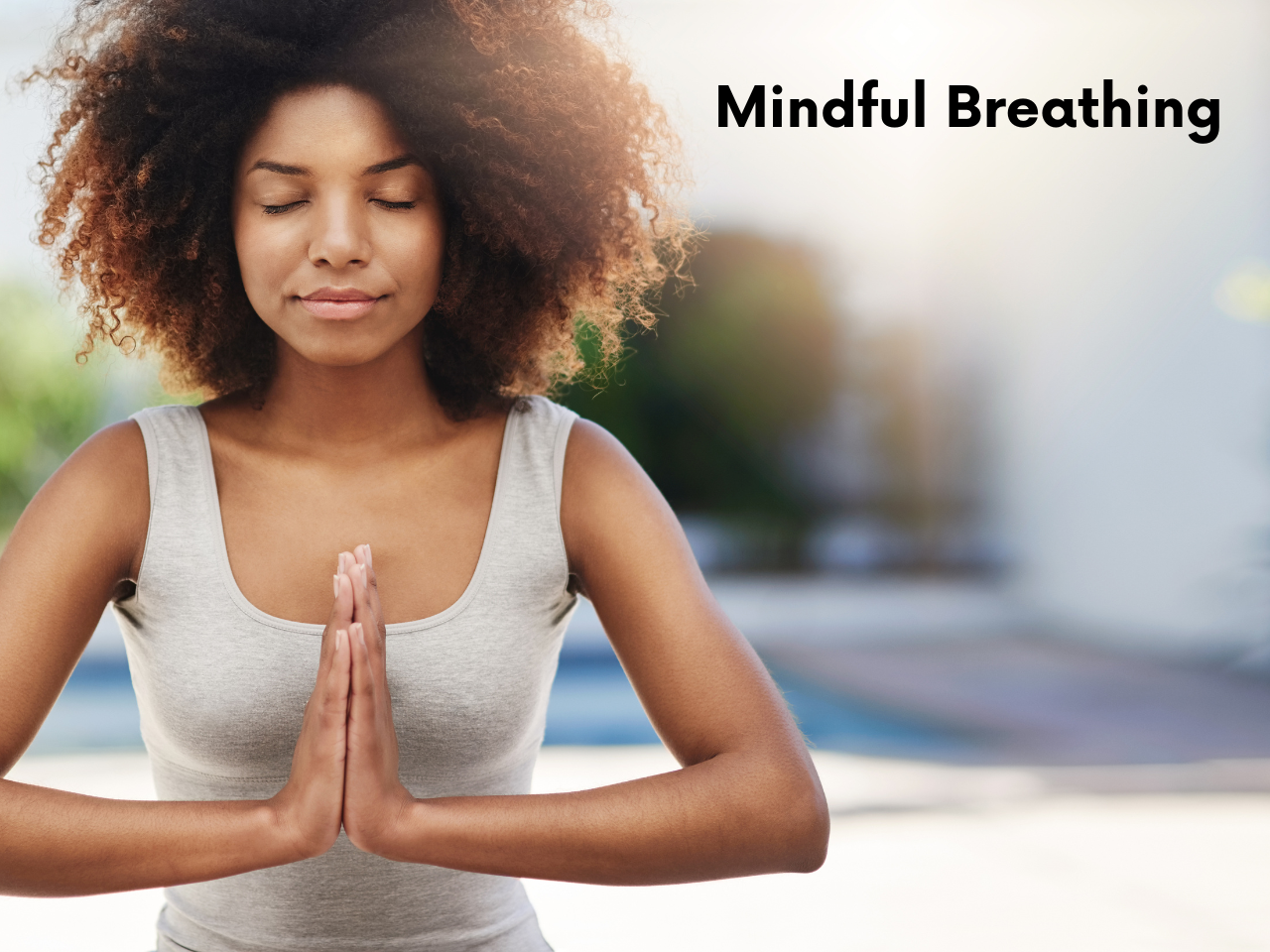 In this modern high-speed world, stress has become an unwelcome constant, often leading to conditions like anxiety and PTSD. It’s never been more important to find effective ways to cope and, that’s where the powerful strategy of self-soothing comes in. In this guide, we’ll explore what self-soothing means, how it can aid us, and various beginner-friendly techniques you can start implementing right away.
In this modern high-speed world, stress has become an unwelcome constant, often leading to conditions like anxiety and PTSD. It’s never been more important to find effective ways to cope and, that’s where the powerful strategy of self-soothing comes in. In this guide, we’ll explore what self-soothing means, how it can aid us, and various beginner-friendly techniques you can start implementing right away.
Understanding Anxiety and PTSD
Anxiety isn’t just feeling nervous before a big meeting. It’s a persistent, often debilitating condition characterized by excessive and prolonged worry. Post-Traumatic Stress Disorder (PTSD), on the other hand, is a mental health disorder that may surface after experiencing or witnessing a traumatic event. These conditions don’t just impact our mental well-being; they can have significant physical consequences too, like chronic fatigue and decreased immunity.
Let’s take the example of ‘Jane’, a military veteran who returned from deployment with anxiety and PTSD symptoms. She constantly felt on edge, relived traumatic memories in vivid nightmares, and found it increasingly hard to engage in social activities or even leave her home.
What is Self-Soothing?
At its core, self-soothing is about using various techniques to calm our bodies and minds. It’s a practice often taught to babies by parents or caregivers, but it doesn’t lose its relevance as we grow older. In fact, it becomes even more crucial.
Our bodies naturally respond to soothing stimuli – a warm blanket, a calming tune, a hot cup of tea. When we self-soothe, we are essentially teaching our bodies to switch from a state of distress to one of relaxation, counteracting the fight or flight response typically triggered by anxiety or stress.
Who is Responsible For Teaching Us How to Self-Soothe?
In an ideal world, parents or caregivers teach children how to self-soothe, building the foundation for these critical skills. However, not all of us learned these lessons growing up. Furthermore, adult life can often introduce new stressors that our childhood coping mechanisms may not be equipped to handle.
This is where the role of therapy and counseling can come in. A trained mental health professional can provide valuable tools and techniques to help you navigate the stormy seas of anxiety and PTSD.

12 Signs You Need to Learn Self-Soothing
Recognizing that you need help is the first step towards healing. From persistent irritability and fatigue to trouble concentrating or disconnection from others, there are numerous signs that might suggest a need for self-soothing techniques.
For instance, ‘John’, a high-powered executive, found himself constantly ‘on’, unable to relax or switch off, even during weekends. This kind of perpetual stress can take a toll on both mental and physical health.
Additional signs to watch for are;
- Persistent irritability: If you find yourself feeling constantly irritable or snapping at others over minor issues, this may suggest you’re carrying a lot of pent-up stress.
- Chronic fatigue: A constant sense of fatigue or tiredness, even after a full night’s sleep, can indicate chronic stress or anxiety.
- Difficulty relaxing: Like ‘John’, if you always feel ‘on’, or if you’re unable to relax and switch off from work or other stresses, this may be a sign you need to learn self-soothing techniques.
- Trouble concentrating: Regular difficulty in focusing or maintaining attention on tasks can be a symptom of underlying stress or anxiety.
- Feeling disconnected: If you feel disconnected or detached from others, or find yourself avoiding social interactions, this might indicate a need for self-soothing strategies.
- Sleep disturbances: Trouble falling asleep, staying asleep, or experiencing non-restful sleep can often be signs of anxiety or stress.
- Physical symptoms: Chronic headaches, stomach aches, or other unexplained physical symptoms can often be linked to stress or anxiety.
- Increased worry or anxiety: If you’re constantly worrying or your mind is always racing with anxious thoughts, this could suggest a need for calming, self-soothing techniques.
- Heightened emotional responses: If you’re having frequent emotional outbursts, crying spells, or heightened emotional responses to situations, it might be a sign of high stress levels.
- Increased use of substances: If you find yourself increasingly turning to substances like alcohol, drugs, or even food to cope with stress or uncomfortable feelings, this could be a signal that you need healthier coping mechanisms.
- Changes in appetite: Significant changes in appetite, either increased or decreased, can often be a sign of stress or anxiety.
- Feeling overwhelmed: If you constantly feel overwhelmed by your day-to-day tasks or feel like you’re barely treading water, this might indicate a need to learn self-soothing techniques to regain balance.
The Benefits of Self-Soothing
The rewards of self-soothing techniques extend beyond just anxiety and PTSD management. Regular practice can result in improved sleep, a more balanced mood, better focus, and even physical benefits like a lowered heart rate and improved digestion. Over time, this can lead to enhanced productivity, better interpersonal relationships, and a more positive life outlook.
 7 Self-Soothing Practices For Beginners
7 Self-Soothing Practices For Beginners
Self-soothing techniques can take many forms, and there isn’t a one-size-fits-all approach. What works wonderfully for one person might not have the same effect for another.
We’ll explore seven simple practices that you can start with, like mindful breathing, progressive muscle relaxation, and nature immersion.
- Mindful Breathing: One of the simplest and most effective techniques, mindful breathing involves focusing your attention on your breath, observing the inhales and exhales without attempting to control them. This can help slow down the mind and create a sense of calm.
- Progressive Muscle Relaxation (PMR): This technique involves tensing and then relaxing each muscle group in your body, starting from your toes and working your way up to your head. By focusing on the sensation of relaxation, you can help to calm your mind and body.
- Nature Immersion: Spending time in nature, whether it’s going for a walk in the park, gardening, or even sitting by a window with a view of trees, can have a soothing effect on the mind and body.
- Guided Imagery: This involves visualizing a peaceful scene or place, such as a beach or a forest. By focusing on the details of the imagery (the sound of the waves, the smell of the trees), you can divert your mind from anxious thoughts.
- Mindful Movement: Practices like yoga, tai chi, or even mindful walking can help soothe both the mind and body. These activities combine physical movement with mindfulness, helping you stay present and centered.
- Self-Compassion Exercises: This might involve writing a kind letter to yourself, or practicing self-affirmations. These exercises can help shift your mindset and promote a kinder, gentler relationship with yourself.
- Basic Meditation: Starting with just a few minutes a day, focusing on your breath or a simple mantra can help quiet the mind. There are many free apps and online resources to guide beginners through this process.
Remember, self-soothing practices are most effective when practiced regularly. It might take some time to discover which techniques work best for you, so be patient with yourself during this process.
The journey towards overcoming anxiety and PTSD is just that – a journey. It takes time, patience, and practice, but with the right self-soothing techniques in your arsenal, you can start taking steps towards a more peaceful life. It’s important to remember, though, that if your symptoms persist or worsen, it’s time to reach out to a professional.
Additional Resources
While this guide serves as a starting point, there are countless resources available to help you delve deeper into the world of self-soothing techniques. From insightful books and podcasts to helpful apps and professional services, you are not alone on this journey.
FAQs:
- What are self-soothing techniques? Self-soothing techniques are strategies that help calm our minds and bodies, aiding us in managing stress, anxiety, or PTSD.
- Who can benefit from self-soothing techniques? While these techniques are particularly beneficial for people dealing with anxiety and PTSD, anyone looking to manage stress better can benefit from learning to self-soothe.
- Are self-soothing techniques a replacement for professional treatment? While self-soothing techniques can be effective in managing symptoms, they are not a replacement for professional help, especially for severe or persistent symptoms.
- How can I incorporate self-soothing techniques into my daily routine? You can incorporate these practices into your daily routine in various ways, like setting aside time each morning for mindful breathing, or using progressive muscle relaxation before bed to improve sleep quality.
- What if self-soothing techniques don’t work for me? If you find that these techniques aren’t helping, or if your symptoms worsen, it’s important to reach out to a mental health professional for further assistance.
- What are some additional resources to learn more about self-soothing techniques? There are many resources available, including mental health apps, books on the subject, podcasts,
Ready to take the next step in your healing journey? Download our free Emotional Healing Workbook, packed with practical tools and exercises to help you recover from emotional trauma. Click here to start your path to emotional well-being.





Leave a Reply